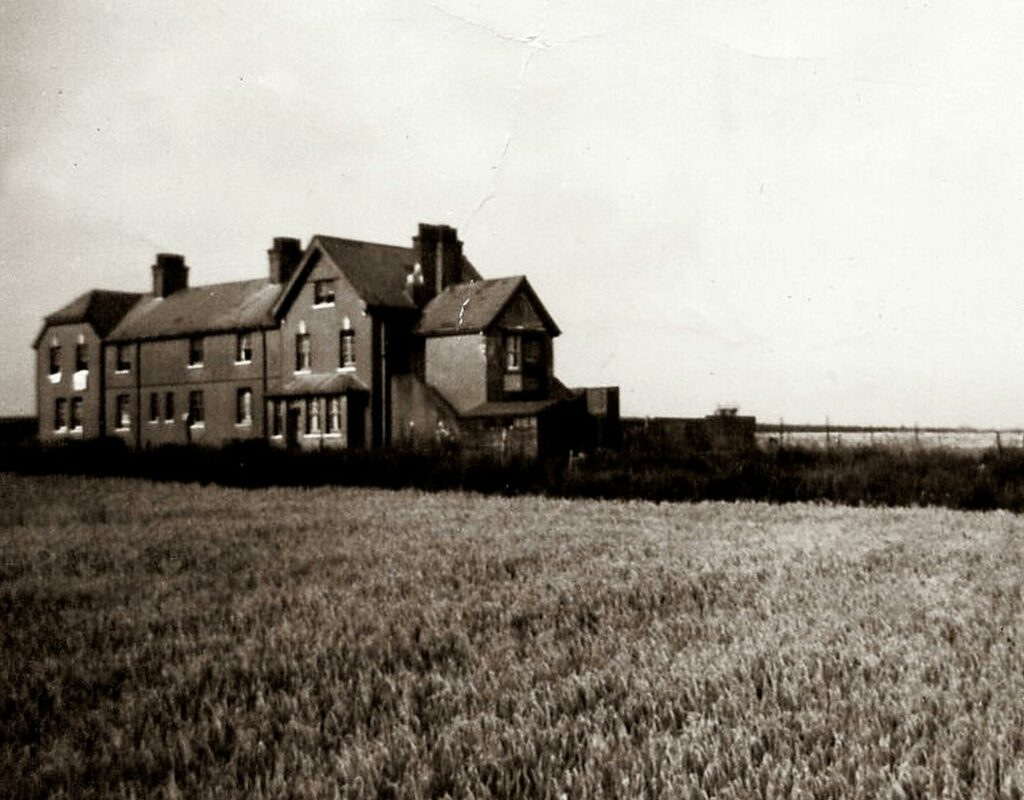
Big, bright and orange, the harvest moon recently rose like a giant pumpkin into our October skies. The countryside is every shade of gold. But Halloween is here and there are whispered rumours and chilling tales that would indicate that the house that just landed on a client’s listing is, well…HAUNTED !!!
[Blood-curdling scream].
Who ‘ Ya Gonna Call ?
Ghostbusters ? Maybe. But most especially, a colleague with expert knowledge on disclosure in your jurisdiction. In the meantime, stay seated and don’t panic. In this article we will :
- Review key legal English terminology
- Discuss the basics of stigmatization
- Examine disclosure in a variety of contexts
- Share a helpful sample clause
First, a Word to Skeptics
If you, like me, are thinking : do so-called « haunted houses » really find their way onto real estate listings ? The answer is yes, believe it or not, they do. Take, for example, the former mansion of deceased boy’s band star Liam Payne. An article published in Vanity Fair in January 2021 relates how his girlfriend had noticed paranormal activity on the upper floor and refused to sleep there. By the time the house went on the market, word had gotten around. The mansion finally sold, but for a sum slightly lower than the original asking price. The ghost’s name was Alan. And there are many other high-profile properties with similar stories to tell.
Legal English Vocabulary for You
Term | Definition |
Stigmatized property | A property negatively affected by events like murder, suicide, crime, or paranormal activity |
Material fact | A fact that could influence a buyer’s decision to purchase |
Disclosure obligation | The legal duty to reveal relevant information to a buyer |
Omission | The failure to include important information |
Misrepresentation | Giving false or misleading information |
Puffery | Exaggerated or vague marketing language that is not legally binding |
Buyer beware (Caveat emptor) | A legal principle where the buyer is responsible for inspecting a property before purchase |
What Is a Stigmatized Property?
A stigmatized property is not necessarily damaged or defective. Psychologically stigmatized properties are associated with events or beliefs that make potential buyers uncomfortable, including:
- A violent crime or murder that occurred on the premises
- A suicide, accidental death, or drug overdose
- Allegations of paranormal activity or a “haunted” reputation
- Occupation by a notorious criminal
- Use of the property in cult or ritualistic activity
Even though these factors don’t physically damage the property, they can significantly affect the market value and buyer interest.
Marketing Challenges: What Can You Say?
For real estate agents and lawyers, selling stigmatized properties raises complex questions:
- Can you omit disturbing facts if the buyer doesn’t ask?
- Is it legal to use creative language like “unique history” or “local legend”?
- What counts as misrepresentation?
Let’s explore some strategies and the legal vocabulary involved.
Legal Framework: Disclosure vs. Deception
Disclosure rules vary across jurisdictions. Here are some examples:
United States
- Some states, like California, require disclosure of deaths on the property within the last 3 years.
- In other states, there’s no obligation unless the buyer asks specific questions.
- Under U.S. law, a seller or agent can be liable for fraudulent concealment if they hide facts they know are important to the buyer.
United Kingdom
- The Consumer Protection from Unfair Trading Regulations 2008 requires agents to disclose any information that would materially affect a buyer’s decision.
- “Puffery” is allowed in marketing (e.g., “charming and full of character”), but misleading omissions are not.
Civil Law Countries (France, Germany, etc.)
- Disclosure is usually limited to latent physical defects.
- Sellers may be liable for bad faith or fraud if they lie about or hide facts they know the buyer considers essential.
Marketing Language: Walking the Legal Tightrope
Acceptable “Creative” Language:
- “Unique historical value”
- “Interesting backstory”
- “A favorite of paranormal enthusiasts”
- “Priced to reflect buyer’s potential concerns”
These are examples of puffery—subjective, non-verifiable descriptions that are not likely to result in liability.
Risky or Misleading Language:
- “No history of deaths” (if untrue)
- “Quiet neighborhood” (if it’s not)
- “No known issues” (when issues are known)
- “Clean title” (if the title is disputed)
Making untrue or incomplete statements can result in claims of misrepresentation or fraud.
Sample Paranormal Disclosure Clause Civil Law–Style Version:
Clause – Disclosure of Unusual Events on the Property
The Seller informs the Buyer that, during their ownership, there have been accounts from occupants or visitors regarding unusual phenomena on the Property, including unexplained sounds, visual anomalies, or other experiences that may be perceived as paranormal.
The Seller does not confirm or deny the truth of such accounts and makes no assertion regarding their origin or validity. This information is provided solely for transparency.
The Buyer acknowledges receipt of this information and declares that it does not affect their decision to proceed with the purchase. The Buyer confirms that they have had the opportunity to ask questions and obtain any information they consider necessary concerning the condition and history of the Property.
Final Thoughts: Fear Not the Phantom
Whether a home is haunted by ghosts or its past, lawyers and agents must walk a careful line between transparency and tact. But whatever the case, these properties don’t have to be a hard sell. With the right buyer, and the right framing, a haunted house can be a standout listing. Just remember to keep a straight face if the chandelier starts to sway! And, by the way, Happy Halloween.
